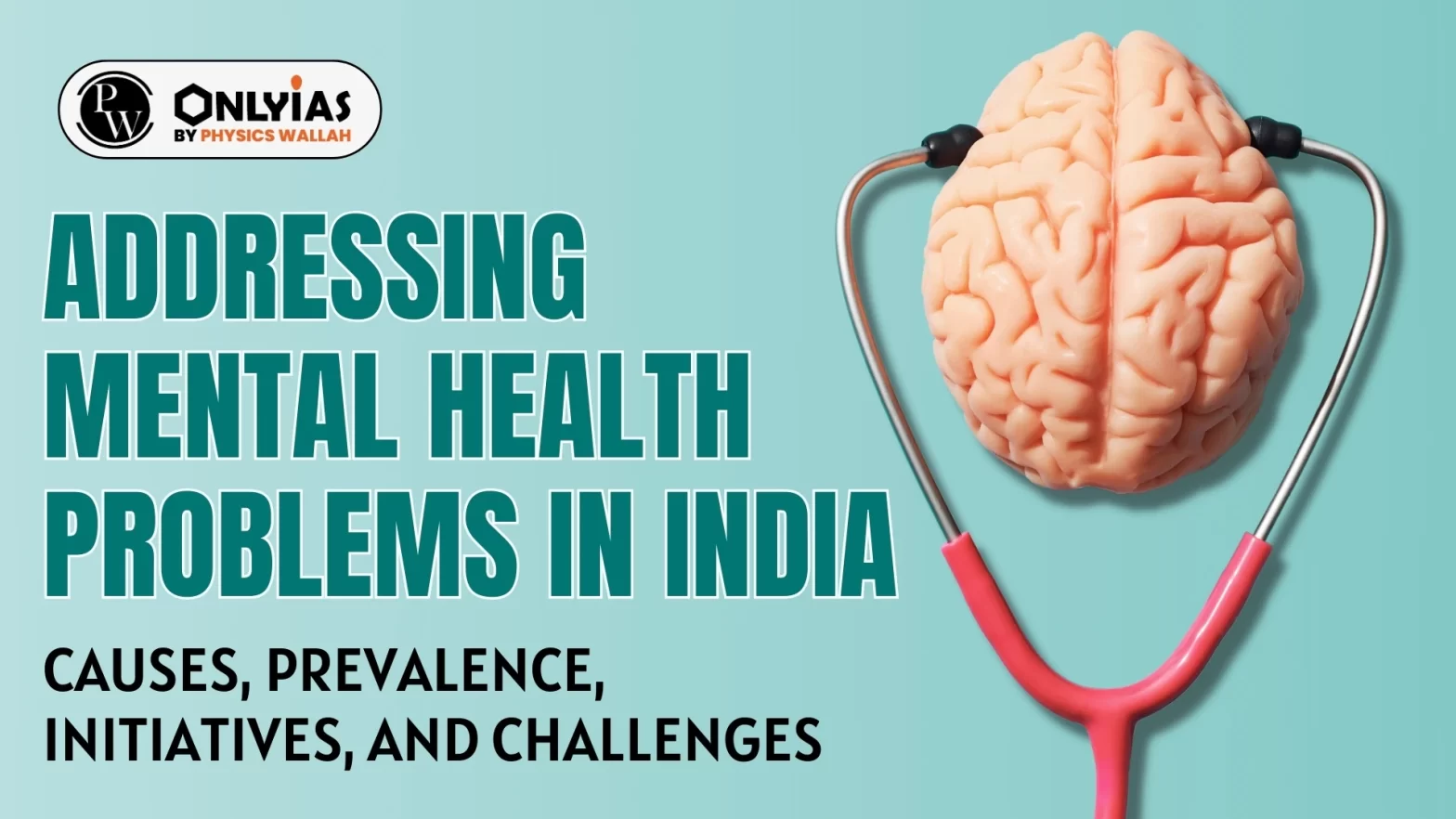
Context: The Parliamentary Standing Committee on Health and Family Welfare submitted its report titled ‘Mental Health Care and Its Management in Contemporary Times’. The Committee noted that Mental Health Problems in India are rising, and seeks to examine the status of infrastructure, regulatory structure, and causes behind its prevalence.

Must Read: NCRB Report 2022 On Crime In India
Yes, social media is considered one of the factors contributing to rising mental health issues. Several reasons contribute to this phenomenon:
| Must Read | |
| NCERT Notes For UPSC | UPSC Daily Current Affairs |
| UPSC Blogs | UPSC Daily Editorials |

<div class="new-fform">
</div>